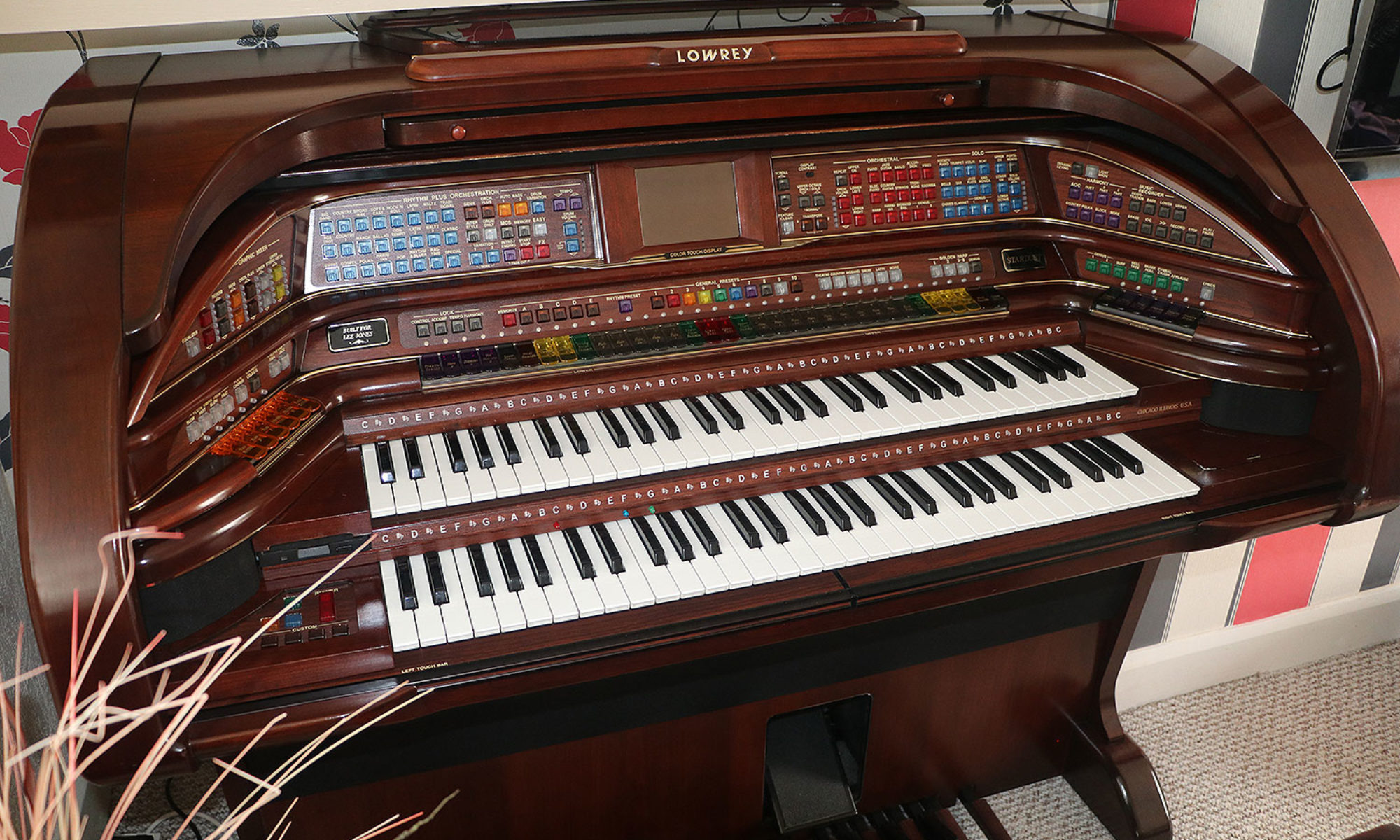
NEW Product by: Lee Jones
Being able to play a Lowrey Organ in some peoples eye’s must seem like owning a full Orchestra, and of course it is, where else can you play many different orchestral instruments with a fully automated backing track, and all in the comfort of your home Continue reading “HOW TO – Play an Organ Without Ever Reading Music”


